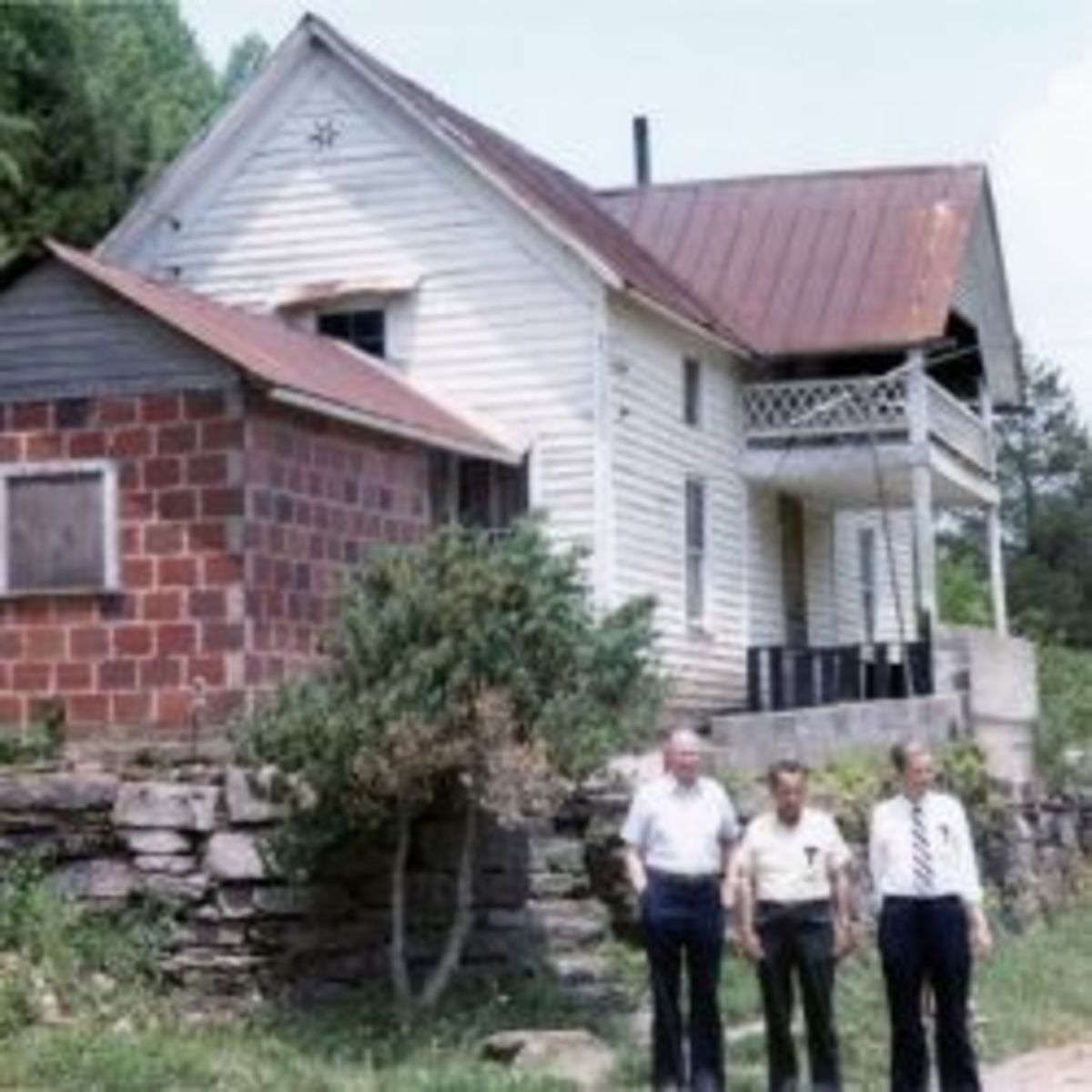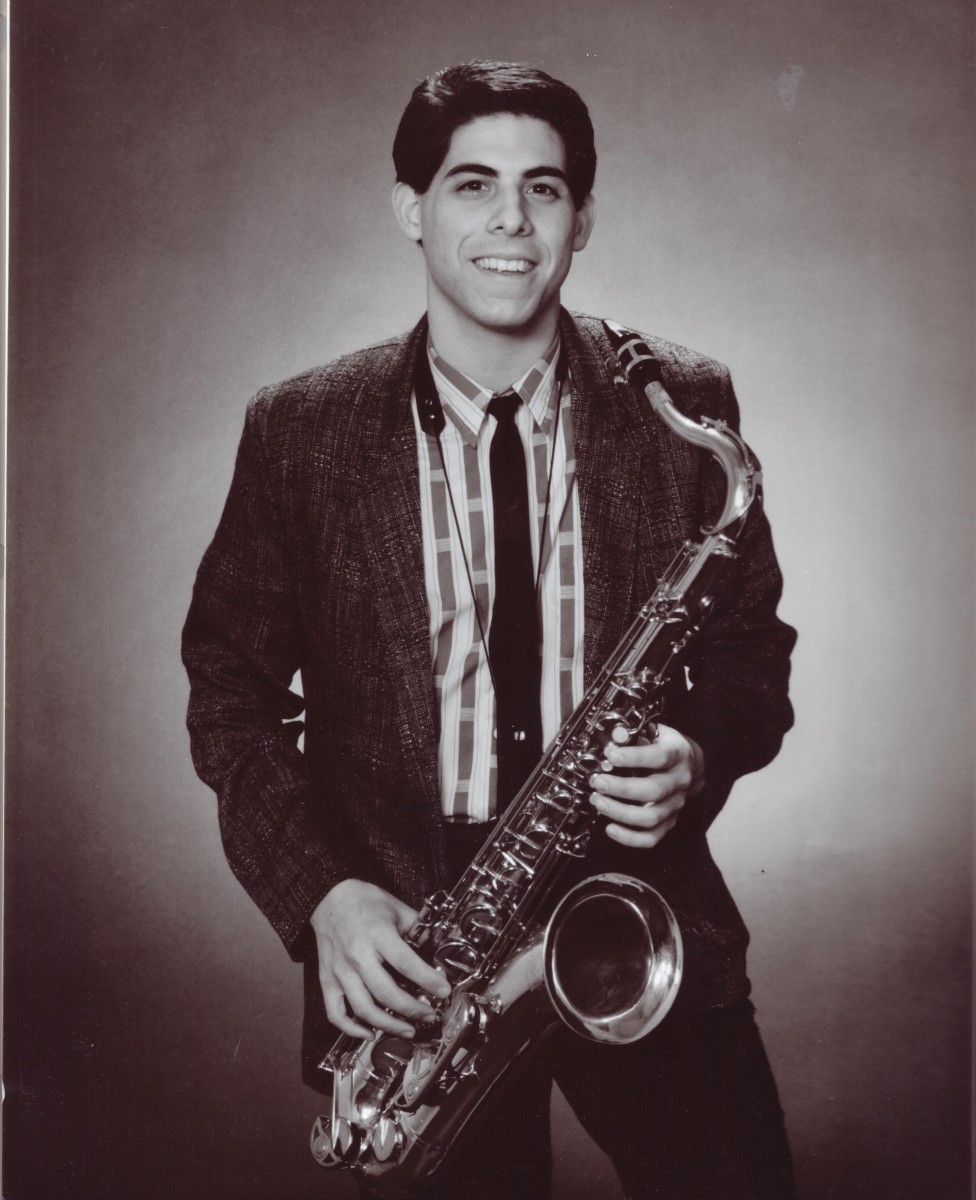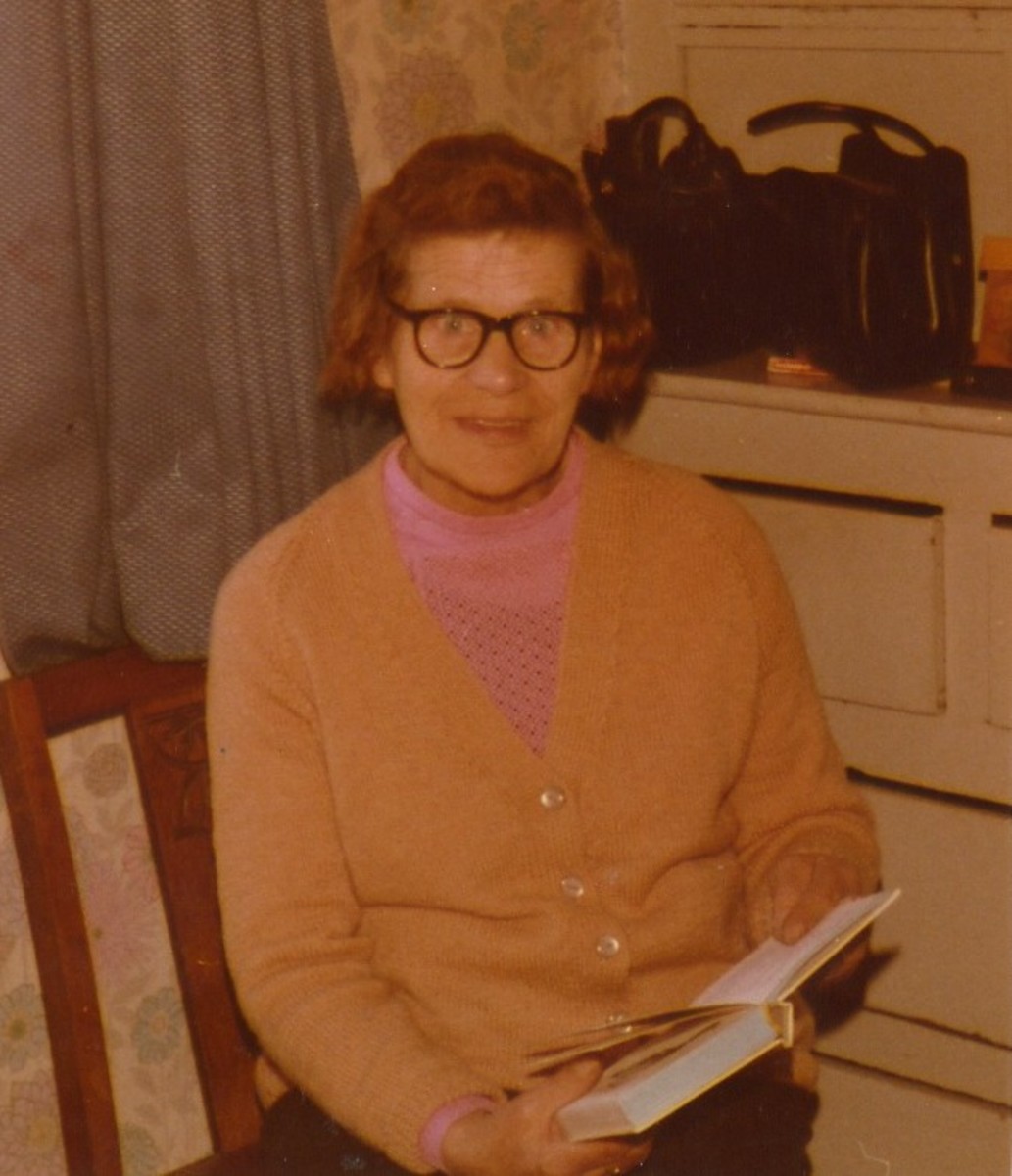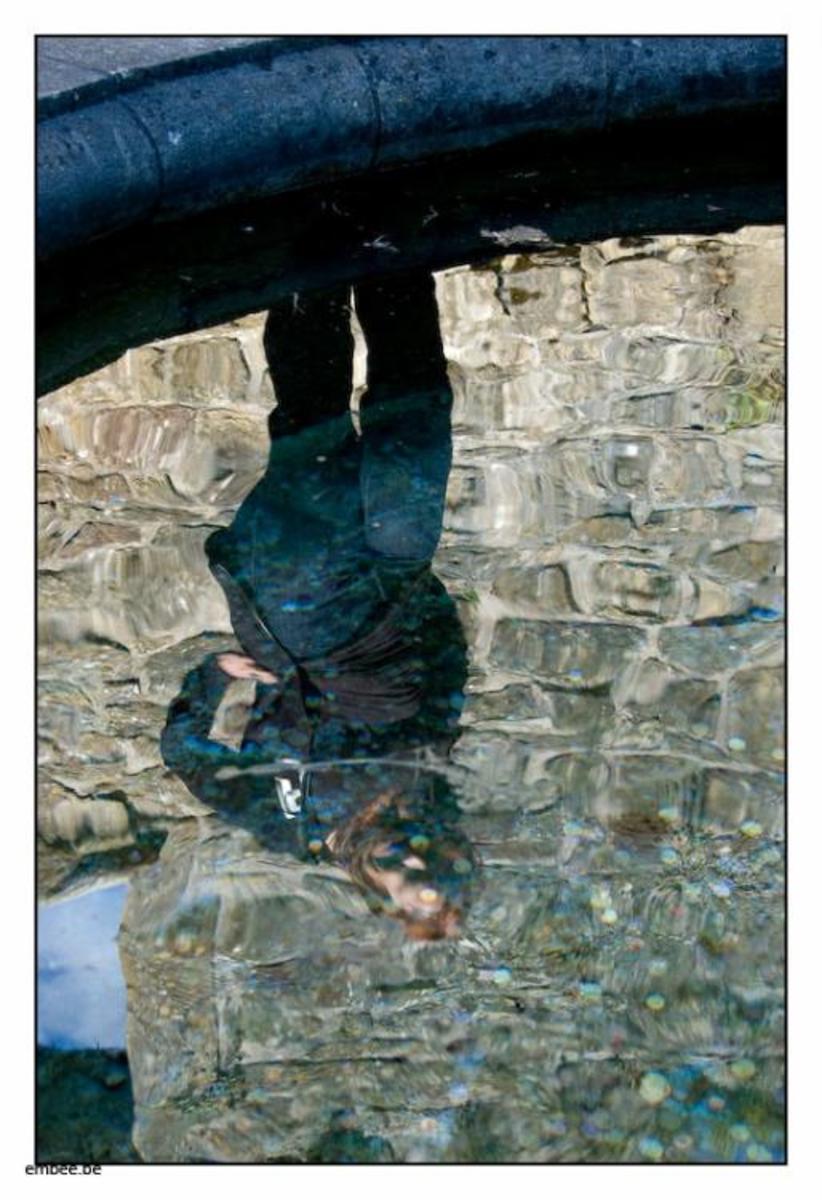Weston Wagons West - Ep D5 - In 1854, the William Kinnick family moved to Dallas Co in Iowa
They crossed the Des Moines River on their trip
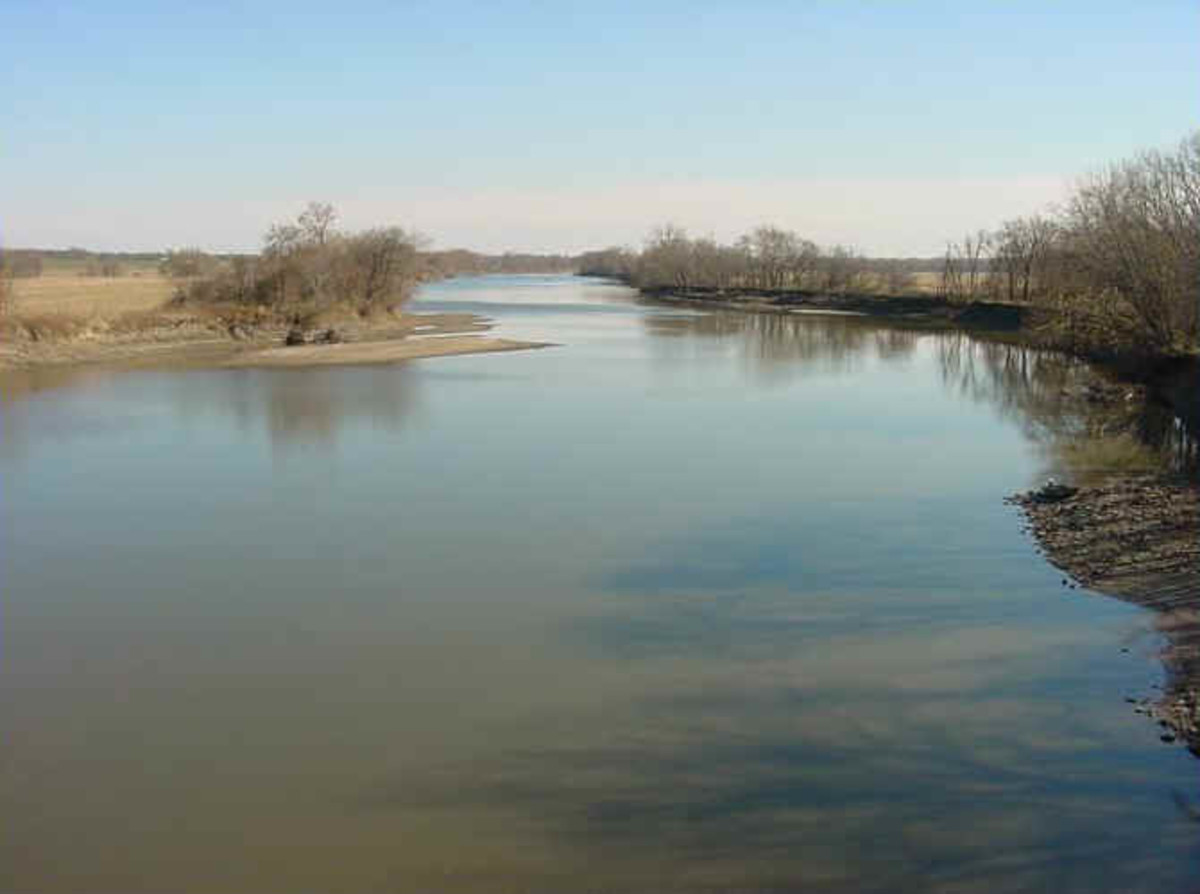
The “Kinnick Settlements” were in constant flux
The “Kinnick Settlements” were actually two or three clusters of families in each of the three northern townships of Johnson County, Indiana, in the early 1850s. In the White River township area, William Kinnick, with his wife, Sarah, and their extended family, had been in Indiana since 1825. By 1854, William and Sarah decided it was time they moved further west, to Dallas County, a few miles west of the Des Moines River, in central Iowa.
Michael Weston had found that he especially enjoyed working with William Kinnick and his family. Michael would be having his 28th birthday in 1854. In March of 1851, Michael had married Vonnie VanDyke, the sister of a neighbor of the William Kinnick family. Their first son, Dom Weston, was born in April of 1852. With the blessings of his and her parents, Michael and his family decided to go with the William Kinnick family and some of their neighbors, including the VanDykes, to Dallas County, just to the west of Fort Des Moines (later, Des Moines).
William and Sarah’s oldest daughter, Sarah Ann, had married John Barngrover in 1848, and they had two small children, a boy and a girl. They joined the group going to Iowa, along with William and Sarah’s other children, Kate, 17, John Thomas, 13, Susan Elizabeth, 11, Richard Ross, 8, and William Butler, 5. After about a month of travel they arrived in Adel, the oldest town in Dallas County, founded in the mid-1840s. In 1855 Adel was said to have consisted of about twenty-five houses and three stores, but was about to experience growth at a faster rate. The Kinnick family had purchased a farm a few miles out of town, not far from the North Raccoon River running through Adel, northwest to southeast. The North Raccoon River joined the Des Moines River just south of what became Des Moines. It became the Capital City of Iowa in 1870.
Two of the Kinnick sons served in the Civil War
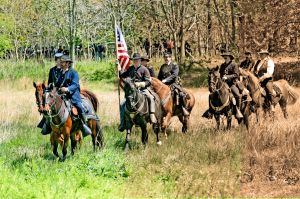
Both the Kinnick family and the Weston family prospered in Iowa
William and his family improved the original farm they settled on, sold it, and by 1860 had purchased a nearby 400 acres that they were also improving through labor and ingenuity. A creek tributary of the North Raccoon River ran through center of the 400 acre farm in Section 8. The 1860 census showed William with Real Estate valued at $6,000 and personal property worth $670… a fair bit of change for the times. By that time, William was 67, his wife, Sarah was aged 56. Their oldest daughter, Kate, 22, was teaching in the local school. John, now 19, was a farmer along side his father. The younger children, Susan E., 17, Richard R., 14, and William B., 11, were attending school but also contributing their labor to improving the farm, as well.
Michael and Vonnie Weston had purchased 20 acres on the west edge of Adel where he established his farrier and blacksmithing business, raised and trained his horses and farmed to meet their own needs. By mid-1860, Dom was an active 8-year-old and had been joined by a brother, Daniel, born in May 1856, and a sister, Martha, born in April of 1859, named after her maternal grandmother. Michael had been able to bring nine of his horses from Indiana, so they had provided a good income until he got his business established, which flourished from the state. The 34-year-old was well-established and living comfortably by mid-1860.
The Civil War interrupted life in Dallas County Iowa as it did across the nation. John T. Kinnick, age 20, enlisted as a Private in the Iowa 2nd Light Artillery Battery on August 31 of 1861 and served through August 30 of 1864. He participated in twenty-seven battles and three sieges. His father did not live to see the return of his son, John Thomas, from the war. William died at the age of 70 on the 8th day of April in 1863. With the return of John Thomas Kinnick to the home farm, his next younger brother felt the need to serve his country, as well Richard R. Kinnick, age 18, enlisted in Company K, Iowa 7th Infantry Regiment on February 24, 1864 and mustered out on July 12, 1865. Fortunately, the conflict had ended a few months earlier and the Richard was able to return to the farm after only a little over a year away.
Marriages and babies followed the Civil War

The younger Kinnick family members were of marrying age
Richard had only been back from military service a few months when he married Rachel Adams on November 13, 1865. The following year, September 12, 1866, Susan Elizabeth Kinnick married a neighbor, Charles Wesley Curtis, and they began farming a portion of the Kinnick farm. A year later, on September 29, 1867, John Thomas Kinnick married Annis Graham, at her parents home in nearby Van Meter. John and Annis farmed on the Kinnick farm, as well. in the 1870 census, residence 113 is John, Annis, and son William, 1; residence 114 is Charles and Susan Curtis, with Kitty, 3, and Frank, 1; residence 115 is Sarah, 66, Catherine (Kate), and William B., 21. William B. had been the one steadying factor along side his mother, on the farm, through the war, the death of this father, and now to maturity. He was focusing the farm efforts on Stock Raising and was showing much promise as the years slipped by.
By 1870, Michael and Vonnie Weston had continued to live well, and son, Dom, 18, became a full-partner in his father’s successful business having completed his apprenticeships in fine order. Brother, Daniel, now 14, had begun his advanced apprenticeship in May and received his first two mares. He showed great promise, as well. Even at age 11, young Martha enjoyed working with her parents and brothers with the horses.
On October 2, 1870, Kate married the local doctor, Dr. James Michener, 12 years her senior. They had a daughter Kate Comly, born in Aughts of 1871, and a son, James Barak, born in October of 1872. William B. Kinnick married Mary Jane (Jennie) Stump on March 3, 1875. They made their home on the Kinnick home farm, his mother continuing to live with them. By the end of that first year, on November 28, 1875, their first son, Frank Butler Kinnick, joined the family.
Historical note by the author
All members of the Weston family are fictional, of course. All the Kinnicks and their relatives were historical figures, used here fictitiously. The relationship between the Kinnick and Weston families therefore were created fictionally for this series. The children of William Kinnick were related to the author as second cousins, four generations removed.
Each of the relationships within which these historical figures appear in these episodes is totally consistent with known historical facts for each such person in the official records of North Carolina, Indiana and Iowa.
The author's historical perspective in this hub relied extensively on collaborative research done while compiling the 2003 KINNICK Genealogy Book Online …
http://freepages.genealogy.rootsweb.ancestry.com/~kinnick/
This was an update and revision completed on the 50th anniversary of the 1953 publication of: "A Genealogical History of the Kinnick Family of America" by Mrs. Nettie Edna Kinnick Waggener (self-published).
This episode is the fifth in the Dx series following the Jeremiah Weston and the John and Ann Kinnick branches of the families.
These stories are part of "The Homeplace Saga" series of family saga, historical fiction stories
- "The Homeplace Saga" Blog
The home blog for "The Homeplace Saga" series of historical fiction family saga stories set in the southern Missouri Ozarks. All updates of the series are mentioned here, regardless of platform.

